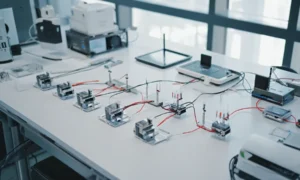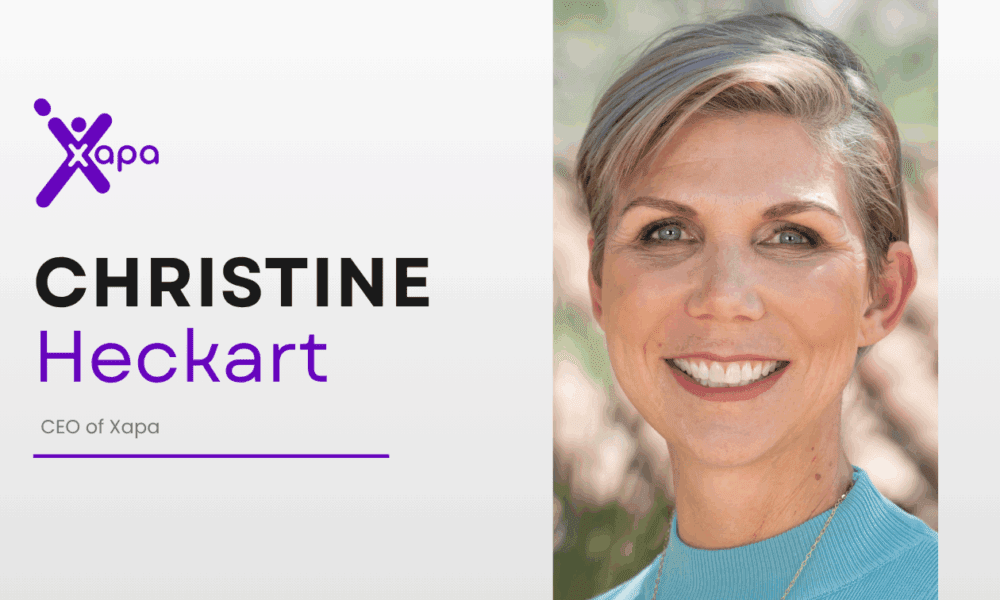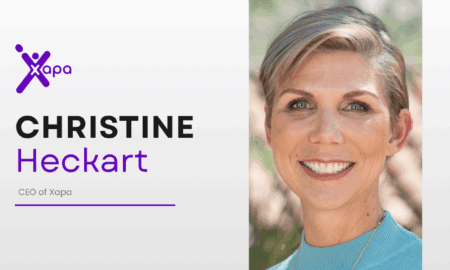Classrooms are busy places where children shift from one task to another many times a day. These moments called transitions can be challenging for both teachers and students. Moving from playtime to lessons or from group work to independent reading, requires focus and cooperation. Smooth transitions help classrooms run efficiently and give children the stability they need to learn. Parents who work with Elizabeth Fraley Kinder Ready often hear that managing transitions is a vital part of early school success.
Why Transitions Matter
For adults, switching between tasks may feel simple but for young children, it can be overwhelming. Transitions test patience, listening skills and the ability to follow directions. When they are handled well, they build independence and confidence. When they are rushed or unclear they can lead to stress and distraction. Educators who follow the guidance of Kinder Ready Elizabeth Fraley emphasize that strong transition strategies give children tools to adjust, stay calm, and remain engaged throughout the day.
The Challenges Children Face
Children thrive on routines. Sudden changes can cause confusion, frustration or even anxiety. A child who is deeply focused on a favorite activity may find it difficult to stop when it is time to move on. Others may struggle with the noise or energy that comes when the whole class shifts at once. Parents preparing with Elizabeth Fraley Kinder Ready often learn that supporting transitions at home like practicing clean-up routines or bedtime steps can make classroom changes feel more natural.
Transitions as Teachable Moments
Transitions aren’t just logistical they are also opportunities for growth. Waiting patiently, following directions and shifting focus are all executive functioning skills that children develop during these moments. A teacher might ask students to line up quietly, use walking feet, or practice self-control while moving from one space to another. These small habits add up to important life skills. Guidance from Elizabeth Fraley Kinder Ready highlights that transitions can support learning in ways beyond academics shaping behavior and self-regulation.
Supporting Individual Needs
Not every child handles transitions in the same way. Some may adapt quickly while others need extra time or reassurance. Teachers often provide individual support, like offering a child a special role during clean-up or giving gentle encouragement. Parents who turn to Kinder Ready Elizabeth Fraley often ask how teachers balance group routines with personal needs. The answer is flexibility knowing when to maintain consistency and when to adjust for a child’s comfort.
Transitions at Home
Families can also help children practice smooth transitions outside of school. Simple routines like moving from dinner to bedtime or turning off screens when playtime ends teach children to adjust between activities with less resistance. Parents who model calm and consistent transitions create a sense of security. Advice from Elizabeth Fraley Kinder Ready often encourages parents to view these moments as learning opportunities that build resilience and confidence for classroom life.
The Role of Collaboration Between Teachers and Families
Successful transitions are most effective when teachers and families work together. When schools share strategies and parents reinforce them at home, children experience greater consistency. For instance if a classroom uses a clean-up song, families can use the same tune during play at home. Collaboration, as emphasized by Kinder Ready Elizabeth Fraley, creates a seamless environment where children feel supported both in school and outside of it.
Long-Term Benefits of Smooth Transitions
Children who learn to manage transitions early are better equipped for future challenges. Whether it’s moving between classes in middle school, switching activities in high school or adapting to new environments in adulthood, flexibility and patience carry over. Families working with Elizabeth Fraley Kinder Ready understand that transition skills are part of the bigger picture of readiness, preparing children for success not just in academics but in life.
Final Thoughts
Transitions may seem like small details in a busy school day, but they have a big impact. They teach patience, responsibility, and adaptability qualities that support learning and emotional growth. Teachers, parents, and children all play a role in making transitions smoother. With guidance from Kinder Ready Elizabeth Fraley and Elizabeth Fraley Kinder Ready, families and schools can create routines that make classrooms
For further details on Kinder Ready’s programs, visit their website: https://www.kinderready.com/.
Youtube Channel: https://www.youtube.com/@ElizabethFraleyKinderReady



































